How to Check for Loose Prongs in Your Ring
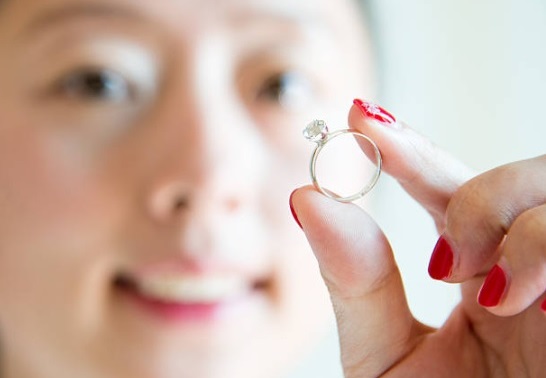
Is your diamond at risk of dropping out of its setting?
Did you know that the prongs of a diamond ring can get loose due to wear and tear or careless behavior?
Without timely discovery and corrective actions, you run a heightened risk of the diamond dropping out of a setting with loose prongs. In fact, it can be very easy to lose your diamond without you even noticing it!
In this article, I’m going to show you how to protect your stones from falling out and what you should do if you notice potential issues with your setting.
What Are Prongs And Why Do We Need Them?
In a nutshell, the prongs of a ring keep the center stone securely in place.
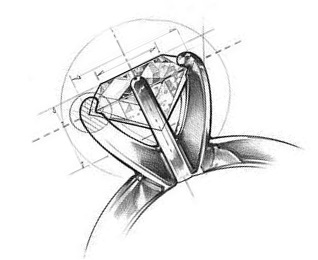
A schematic sketch of prong placements and proportions.
Most engagement rings in the market utilize a prong based mounting and the number of prongs may vary depending on the ring’s design. Basically, the diamonds are installed in small gaps or baskets and kept in place by small, bent pieces of metal gripping onto the diamond’s girdle.
The main advantage of using such a setting is to allow more emphasis to be placed on the center stone. Since the prongs only cover up a small area of the diamond, it allows more light to enter and illuminate the diamond.
Why Do Prongs Wear Down And Become Overtime?
Worn out prongs present a major problem as diamonds can get dislodged and go missing without any warning. The main reasons why diamonds fall out of a setting after a short period of time are due to bad craftsmanship and poorly made prongs.
This happens when jewelers skimp on costs or use shortcuts in their manufacturing process; resulting in excessive porosity which weakens the mechanical strength of the prongs.
Prongs will also wear down naturally over time due to abrasion. If you don’t know yet, diamonds are the hardest substance on Earth. On the other hand, the metals used to fabricate the prongs (typically white gold or platinum) are much softer than the diamond.
Since the prongs are always in constant contact with the diamond, they get worn out or bent due to normal wear and tear. Bear in mind that repeated bumping or knocks can accelerate the process of weakening a prong.
General Guidelines to Taking Care of a Diamond Ring
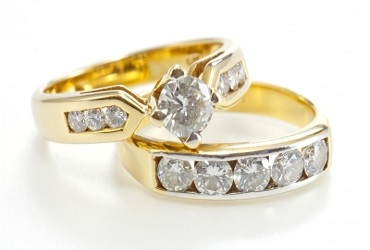
It’s a good idea to check your prong conditions regularly.
I’m sure nobody wants to find themselves in a heart-wrenching situation of staring at an empty void on their ring. As a rule of thumb, you should get your jewelry inspected regularly if you wear them on a daily basis. A good guideline I would recommend is to visit the jeweler once every 6 months for a routine “check-up”.
If you think about it from a practical viewpoint, there is not much you can do when your diamond is already damaged – or, what is even worse, already lost. Remember, prevention is better than cure.
Obviously, you want to apply common sense and be mindful of your surroundings when wearing a diamond ring.
If you accidentally hit your ring on something hard, the first thing you want to do is to check on the stones immediately. That’s because you have better chances of recovering a missing stone on the spot.
Really, the best way to ensure long-lasting jewelry is for you to dedicate time and effort towards regular care routines. Instead of relying on someone else or going through the hassle of sending in a diamond ring for checks, it’s much more convenient to do it yourself.
How to Check for Loose Prongs at Home in Less Than 5 Minutes

You can start by visually checking for secure prong placements by using a 10X loupe. It is a relatively straightforward task that doesn’t require much technical knowledge.
The presence of any suspicious gaps between the diamond and the setting may a indicate problem with the prongs which requires urgent attention. Similarly, there should not be any observable gaps for dirt or hairs to be trapped at contact points between the diamond and prongs.
If you don’t own a loupe, here’s another method you can use to diagnose loose prongs. All you need to do is to softly tap on the diamond with your fingernails. This should not result in any visible movements.
Next, you can run your fingernail across the out diameter of the diamond and gently rock the diamond up and down. Again, there should be no movement in a secure setting.
Finally, you should gently hit the setting with the tip of your fingers and look out for any weird sounds. You can also bring the ring close to your ears and give it a few good shakes. If you hear rattling sounds, it is a telltale sign of a problem with the setting and it needs to be remedied immediately.
What to Do When You Notice a Damaged Prong?
First of all, always seek professional help. You should never experiment or attempt to fix the ring by yourself as you might void any warranties the ring has. Worse still, you may even chip your diamond during the process.
Repairing broken or bent prongs is a basic routine job that any jeweler can perform. If you bring your ring back to the jeweler you purchased from, any prong tightening or related repair services would likely be provided for free.
Even if you decide to bring the ring to another jeweler for a repair, it is a relatively simple job and can usually be done while you wait. Depending on the severity of repairs, the typical prices you can expect to pay for 3rd party labor and materials will range from $25-$50 per prong.


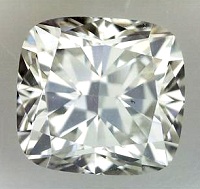
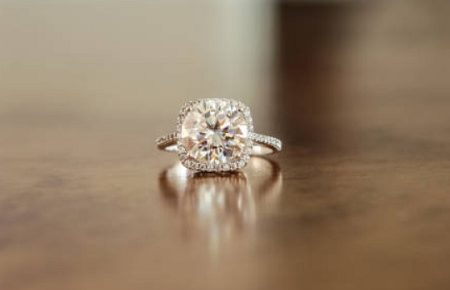
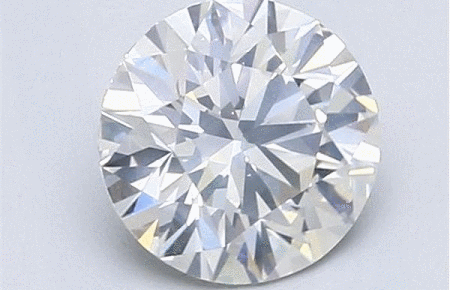









Leave A Comment